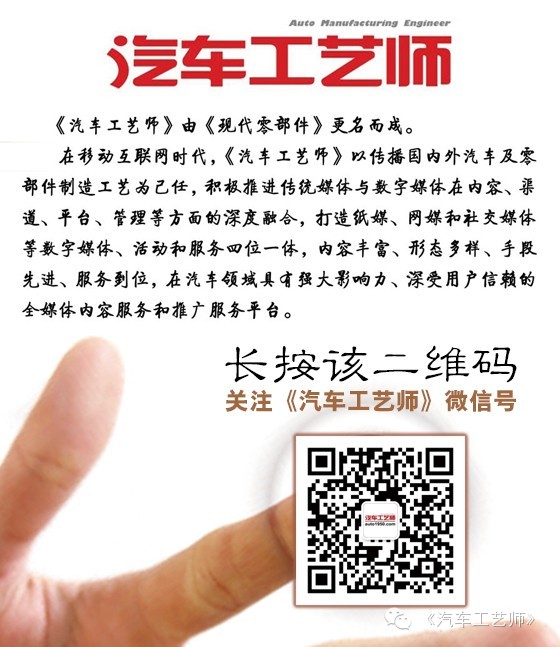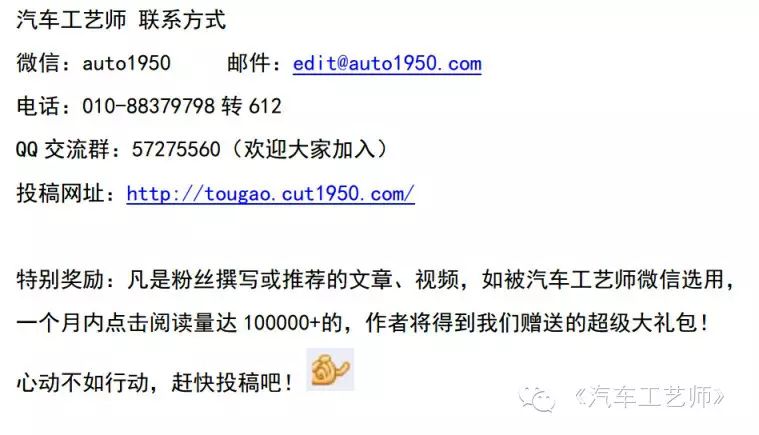
The Internet of Vehicles (IoV) is a new phenomenon that has emerged alongside the rapid development of the automotive industry in recent years. Recently, the hype seems to have weakened, but this has not stopped car manufacturers from advancing in this field. This is because everyone sees it as the future trend of automotive development. The application of IoV can effectively alleviate urban traffic congestion, reduce vehicle safety hazards, optimize driving routes for owners, and enrich the content of after-sales services for vehicles.
Let me first explain the concept of IoV. The Internet of Vehicles is a specific application and manifestation of the Internet of Things (IoT), referring to the intelligent collaboration between people, vehicles, roads, and the environment through various information sensing devices, utilizing RFID, GPS, mobile communication, and wireless network access technologies and network service support technologies to extract and utilize the directional, attribute, and static/dynamic information of all vehicles on an information network platform, providing comprehensive services.
Let’s take a look at the major developments in IoV by car manufacturers in the past year, which may help you understand the direction of the automotive industry.
Shanghai General Motors’ Latest IoV Strategy
At the end of 2014, Shanghai General Motors released its latest IoV strategic information. General Motors hopes to provide owners with a human-machine interaction system that focuses on wireless in-vehicle information services, mobile entertainment, and smart driving through the latest communication technology, in conjunction with the newly released 4G OnStar and the human-machine interaction systems of its three major brands. According to Shanghai General Motors’ plan, by 2020, all brands and models under Shanghai General Motors must achieve coverage of the IoV system.
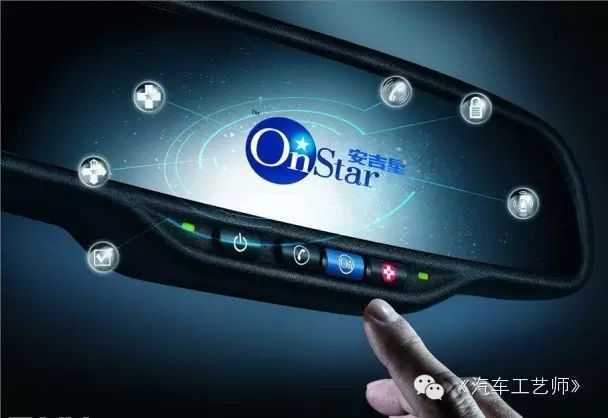
The new OnStar can establish a WIFI hotspot through a 4G wireless router, allowing it to connect up to 7 devices simultaneously. When pushing navigation information to the owner, it can almost instantly receive route information without waiting and can modify it at any time based on real-time traffic conditions to avoid congested routes. It also includes weather alerts, which were not available before. General Motors’ “Internet of Vehicles” strategy is still in its infancy; the current functions are relatively basic, and in the future, it will not only open up platforms but also achieve a certain degree of autonomous driving.
Volvo Launches New Sensus Connect System
In early 2014, at the International Consumer Electronics Show (CES) in Las Vegas, Volvo Car Group launched the upgraded in-vehicle infotainment and navigation solution with the Sensus Connect system, truly bringing consumers a comprehensive connected experience. Based on Ericsson’s cloud services, Sensus Connect acts like a brain for the car, allowing remote control, executing voice commands, and sharing location information online at any time.
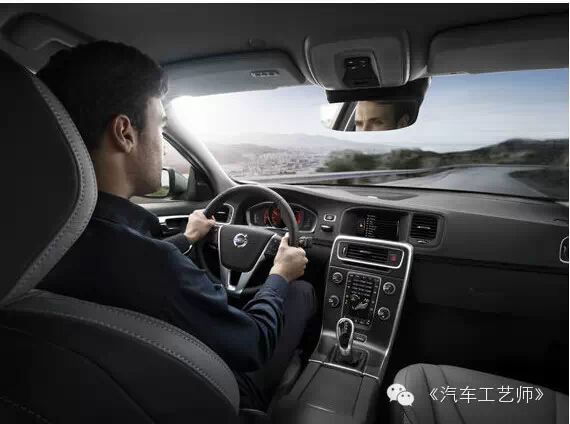
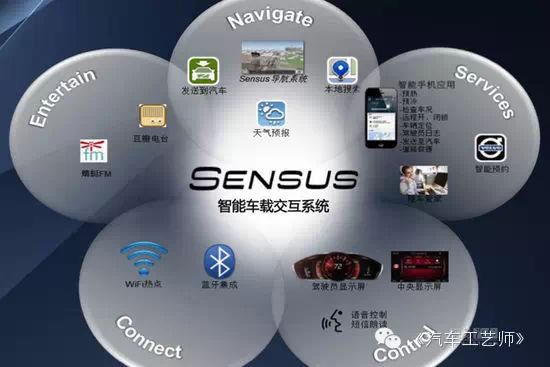
The new Sensus Connect system is so intelligent due to the global “multimedia cloud transmission platform” provided by Ericsson, which offers connected services and information interaction support. This transforms the car into a mobile terminal, and with Volvo’s own in-vehicle system optimized and integrated with it, the car becomes smarter. In the future, you can use your phone to remotely control the air conditioning inside the car; Sensus Connect can help you plan your travel routes, read emails aloud, and remind you to maintain your vehicle. In short, it makes everything simpler.
BYD’s Intelligent Vehicle Connection
At the end of 2014, BYD released its “Smart Strategy,” which includes intelligent vehicle connection, intelligent driving, and intelligent safety. Intelligent vehicle connection is mainly reflected in cloud services, PM2.5 purification systems, and smart configurations like CarPad; intelligent driving focuses on advanced technologies like TID golden power combination and remote driving; intelligent safety is mainly reflected in safety configurations, 360-degree panoramic imaging, HUD night vision systems, and vehicle stability systems.
Beijing Hyundai’s BlueLink Infotainment System
Beijing Hyundai launched the BlueLink infotainment system. The BlueLink infotainment system is a versatile, easy-to-operate in-vehicle information system. By providing driving-related information and services, it brings a new driving experience to passengers. It creates a connected environment (in-car, smartphone, service center) to make driving safer, more convenient, and smarter.
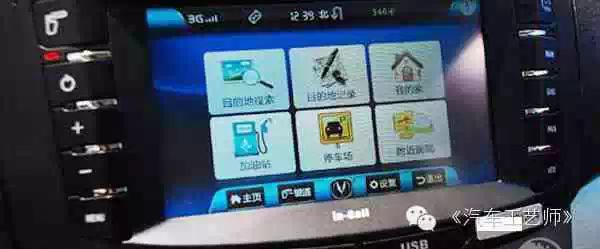

The biggest highlight of this system is the upgraded destination search function, supported by Google’s Android Auto technology. When the BlueLink system button is pressed, users can search for destinations using the touchscreen or voice recognition. The system integrates with users’ smartphone apps and the Hyundai owner’s network, pre-selecting destinations and automatically sending them to the car’s navigation system. Smartphones can also set remote controls, including temperature control and defrost activation. Additionally, it can be set to automatically start the car within a certain timeframe, preheating or cooling the engine before the owner arrives.
GAC Trumpchi T-BOX System
The GAC Trumpchi T-BOX system allows for remote automatic diagnostics and vehicle positioning through smartphone operations, along with ordinary functions such as vehicle status queries, remote engine start/stop, and automatic upload of vehicle abnormal information. Users only need to use the APP software to perform remote operations on Trumpchi-related vehicles to keep track of vehicle information at all times.
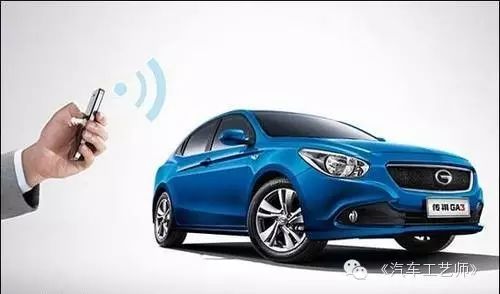
Through the “Trumpchi Remote Mobile Assistant” mobile application, functions like remote unlocking of the vehicle, locking the vehicle, vehicle positioning, remote honking, remote flashing lights, and starting the in-car ventilation system can be realized. Through the Trumpchi website, the dynamic mileage axis reminds the owner to maintain the vehicle at the 4S store, displays vehicle information, and shows the latest vehicle condition information and vehicle diagnostic information obtained through T-BOX, including oil pressure, brake fluid, battery status, tire pressure, etc.
Chery Develops CLOUDRIVE Driving System
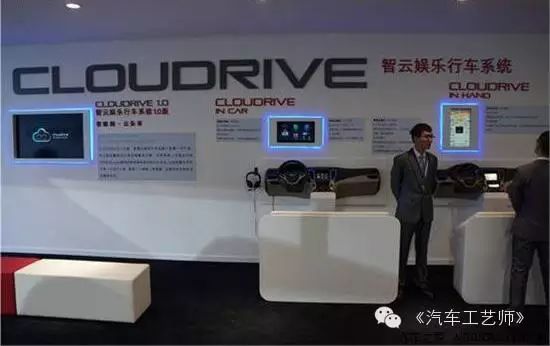
In 2014, Chery made some breakthroughs in in-vehicle connectivity technology, developing the CLOUDRIVE driving system. For example, the OBD diagnostic module sends vehicle information to the smartphone using the GPRS network, allowing the owner to remotely monitor the car’s battery voltage, water temperature, RPM, etc. It can also monitor vehicle location, remotely start the engine, and turn on the air conditioning. The main unit of the central control panel is connected to the cloud; even if the in-car navigation is not updated, it can still search for destinations using the network. After introducing human call assistance, you can also ask an operator for help in setting navigation, similar to OnStar. It is reported that this CLOUDRIVE driving system will soon be installed in the Arrizo 7 and Tiggo models.
The above content is original from Automotive Craftsman. Reprint must indicate the source, and no modifications are allowed without permission; violators will be prosecuted.
If you find the content useful, share it with friends! If you haven’t followed us yet, you can scan the QR code below to follow the official WeChat of Automotive Craftsman.
